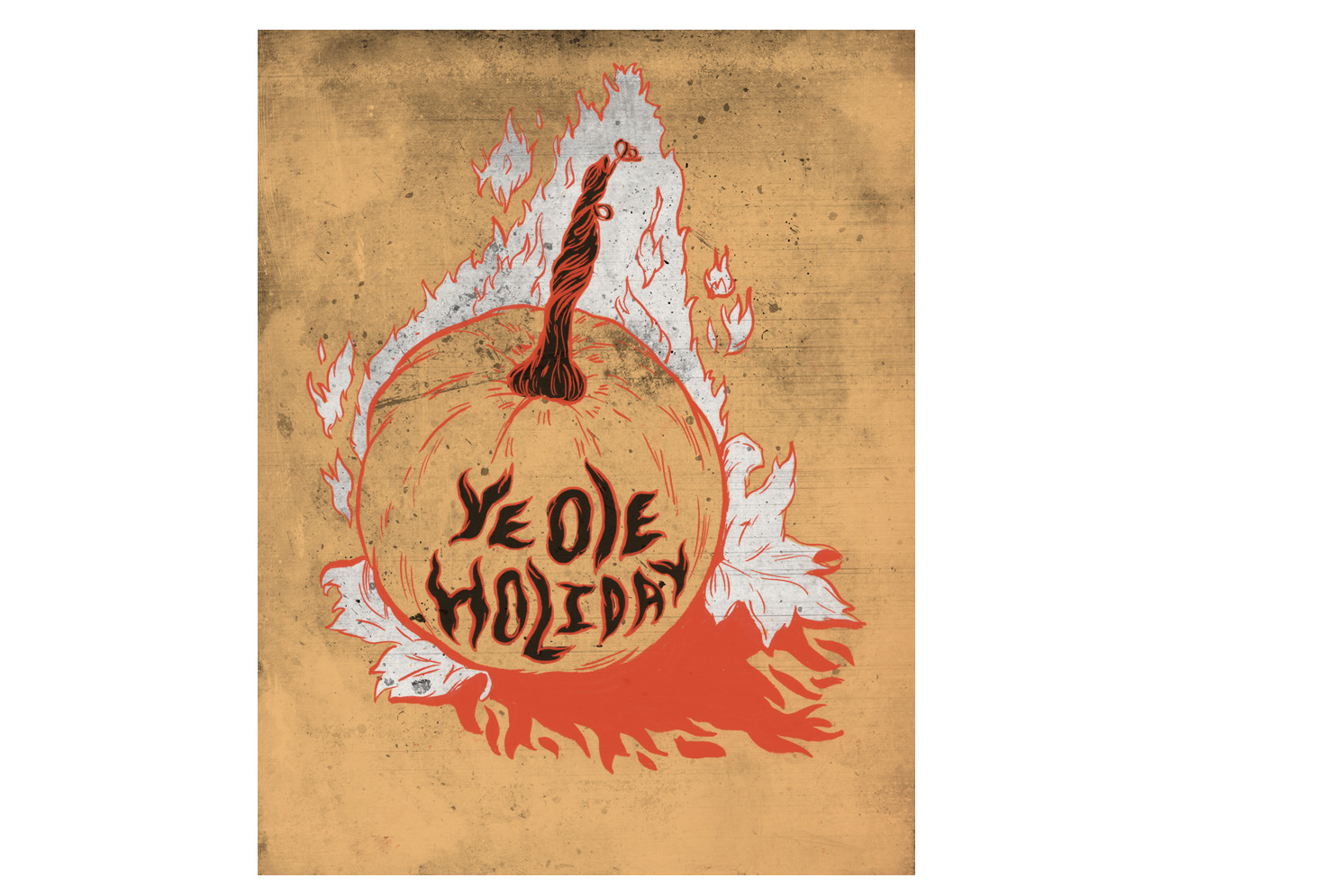Coming out
After years of denying his sexuality, Ted Bruton, then 21 years old, rolled over in bed one day, sat up and thought to himself, "I’m gay. Deal with it."
Bruton shared his revelation with friends and family until he grew weary of repeating himself. As a final announcement, he wrote a response as a gay man to a discriminatory letter to the editor published in his college newspaper at UC Davis.
When the paper came out, his phone rang all day. A friend even appeared on his doorstep with a bottle of champagne.
Today, at 34, he describes the experience as a relief. "It took a lot of mental energy to live in denial and pretend to be straight," he said.
Today, individuals are coming out younger and more often, and positive stories like Bruton’s are becoming more common as the number of resources and the visibility of positive gay and lesbian role models in the media continues to grow.
"It’s a different process now," said professor Wende Morgaine, who teaches the gay rights, media and social change capstone at Portland State. "Having public images [who are queer], whether they be a fictional character or a real life celebrity, is a very powerful affirmation."
"More attention is paid to gay and lesbian needs today," said Jason Cianciotto, research director of the National Gay and Lesbian Task Force. According a report by his organization, 16 is the now the average age that gays and lesbians are coming out of the closet.
In the 1980s, the average age was 19-21 for gay men, and 21-23 for those who identify as lesbian. According to the same report, over 2,000 gay/straight alliance groups now exist in public schools across the country.
Cianciotto, however, said that coming out younger is not always the best idea. "There was a time when the mantra of gay organizations was ‘come out, come out.’" But now, he said, a young person who is considering coming out to their family should first consider the implications.
According to the report by the Task Force, 42 percent of females and 30 percent of males who come out to their parents receive unfavorable responses, and a large amount of those reactions result in the person being thrown out of their home. According to Cianciotto, it is in the best interest of some to wait until they have established themselves independently.
This may help explain why coming out in college is still a common option. Post-bac student Sam Frahm had known he was gay since he was 13 or 14 but decided not to come out in high school after hearing that an openly gay transfer student had been badly harassed.
Instead, he came out to his best friend when he was 19 and attending Portland State. "It just seemed like the right time." Even at age 24, he was not entirely comfortable with his sexuality, but found it easier to cope in a college environment where groups like Queers & Allies made it easier for him to meet and relate to people.
"We keep moving further," said Beth Richman, a Portland social worker who specializes in queer issues. "[Coming out is] safer and safer." Richman has been counseling individuals for 13 years, and adds that realizing they are not alone helps people in the process of coming out.
Twenty-two-year-old Cathy Brock came out when she was 16, but the experience was life-changing in a unique way.
"I was privileged enough to be in an environment where I could come out," she said. "I felt that as a lesbian, I had a whole new set of social responsibilities."
"Coming out is a real act of courage," Richman said. "You’re coming out for yourself but you’re also coming out for those that are still struggling."



